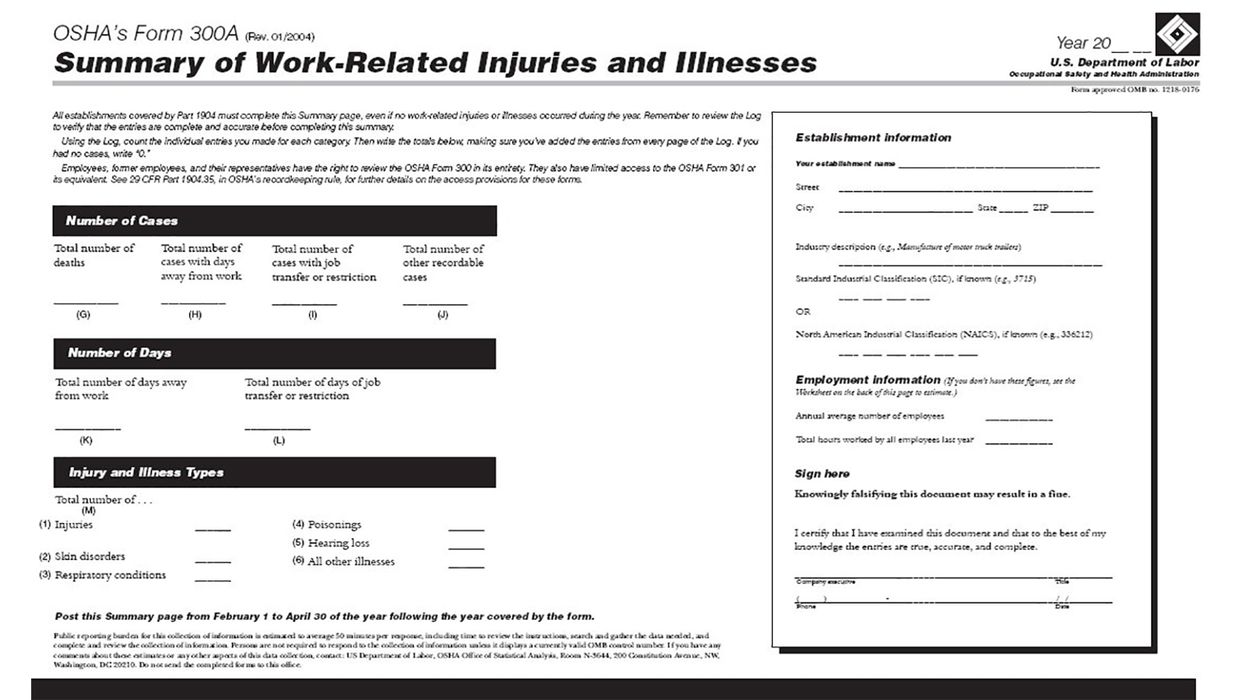Tax season looms for heavy vehicle use tax
Filing the appropriate taxes on your vehicles is key to keeping your fleet in compliance. One of those taxes is the federal heavy vehicle use tax (HVUT). The new HVUT tax year is about to begin on July 1. Taxes for 2023–2024 are due by August 31.
Be ready to file Form 2290 and pay the tax if your company has trucks or buses that are:
- used on the highway;
- with a taxable gross weight of 55,000 pounds or more; and
- registered in the U.S., Canada, or Mexico.
When do I file my 2290?
The tax year for HVUT starts on July 1 and goes through June 30 of the following year. For vehicles registered and operating in July, you must file the 2290 and pay the tax by August 31.
Many HVUT filers are unaware that they may be subject to additional, off-cycle HVUT filings throughout the year.
If you place an additional taxable truck registered in your name on the road during any month other than July, you are liable for the tax, prorated for the months during which it was in service. File Form 2290 for these trucks by the last day of the month following the month the vehicle was first used on public highways.
Returns must also be filed when the taxable gross weight of a vehicle increases during the tax period.
A return must also be filed if a suspension was originally filed because the vehicle expected to operate 5,000/7,500 or fewer miles during the tax period but then exceeded that amount prior to the end of the tax period.
| When to file: |
| By August 31 each year |
| When you add a taxable vehicle between annual filings |
| When the taxable gross weight of a vehicle increases |
| When a suspended vehicle exceeds allowed miles (5,000/7,500) during the tax period |
How much does the tax cost?
Tax on a 55,000-pound vehicle starts at $100 and increases by $22 for every 1,000 pounds over 55,000 pounds, so a 60,000-lb vehicle would cost $210. However, vehicles weighing 75,000 pounds or more max out at $550 in taxes.
Does mileage matter?
If you expect to operate your vehicle 5,000 miles or less during the reporting period (7,500 miles or less for agricultural vehicles), no tax payment is required. However, you still must:
- File a Form 2290 and Schedule 1, and
- Declare these vehicles as suspended from the tax.
If you claim a suspension but then operate the vehicle beyond the 5,000/7,500 miles limit, you must file an amendment and pay the tax.
Credits and refunds are available
You may claim a credit for tax paid on a vehicle that is:
- Destroyed, stolen, or sold; or
- Used 5,000 miles or less during the year (7,500 for agricultural vehicles).
You may need to wait until the tax period has ended to make your claim.
Understanding the details of HVUT helps you protect your company by not paying too little … or too much.
Key to remember: Carriers operating vehicles weighing 55,000 pounds or more must file heavy vehicle use tax annually with the IRS. File by Aug. 31 each year, and whenever you add a new vehicle.




















































